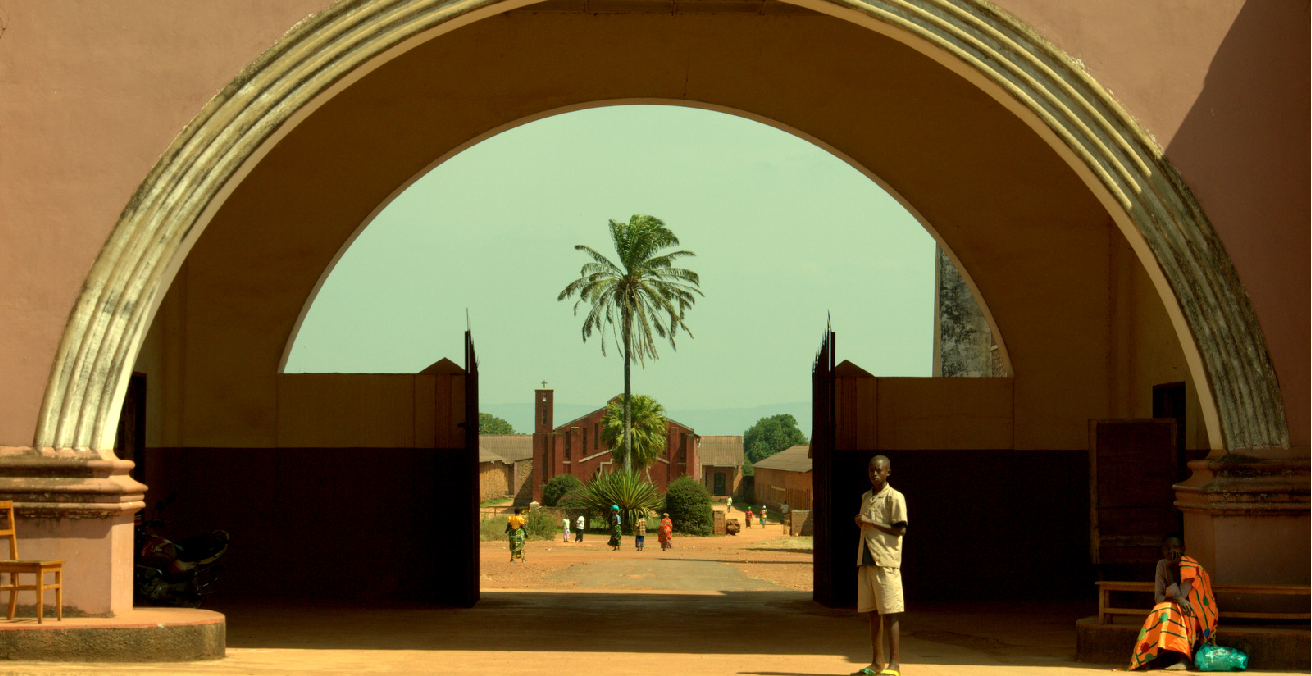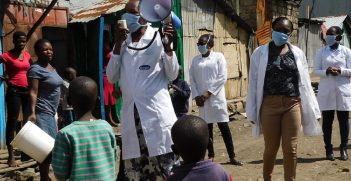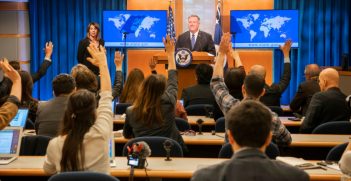Burundi vs. Rwanda: Potential for a Future Genocide

If further genocidal acts and violence are to be prevented in Burundi, the UN should remain vigilant and act on its learnings from Rwanda. It should be concerned that transparency of internal politics and violence will be prevented without adequate reporting, and perpetrators not appropriately prosecuted.
As of December 2020, the United Nations Security Council (UNSC) ended its reporting on Burundi, following pressure from the newly elected President Évariste Ndayishimiye, who argued that continue scrutiny was motivated by external governments seeking geopolitical influence. The UNSC noted the improved security situation as part of wider progress made in the region.
This development followed the election of President Ndayishimiye, who was selected after the sudden death of Pierre Nkurunziza. In his first presidential speech, Ndayishimiye said he would follow in the path of his predecessor. This immediately raised doubts because of the previous regime’s infamous denial of human rights and record of rape and summary executions. A comparison with the pre-genocidal state of Rwanda provides insight as to why removing Burundi from the UN agenda may be a mistake.
During its years as a colonised state, the Tutsi governed Rwanda as a monarchy, an elite political and economic class militarily supported by Belgium. Violence can be traced to 1960 when the Hutu Revolution was ignited and mass slaughter was perpetrated against the Tutsi following years of discontent. As Rwanda gained independence, its colonial government left the majority Hutu in government. This meant that in 1962, Belgium had granted power to a disenfranchised group which had previously suffered under the Tutsi monarchy, creating an environment for resentment and reprisals.
The 1994 Rwandan genocide against the Tutsi, in which 800,000 Tutsi and moderate Hutus were estimated to have been killed by Hutu Interahamwe militia or community members with whom they had lived with for generations, is one of Africa’s darkest memories. While this was occurring, a Rwandan government representative was a UNSC member and present at meetings. He denied reports of actions perpetrated by Rwandan authorities in order to stall UN action. Meanwhile, the UN turned its back on its own General Romeo Dallaire’s, Commander of United Nations Assistance Mission for Rwanda, request for increased peacekeeping support and acknowledgment of the situation on the ground.
Neighbouring Burundi has a similar demographic ratio to pre-genocide Rwanda: 85 percent Hutu, 14 percent Tutsi, and one percent Twa. Like in Rwanda, it was the removal of the single monarchy that gave rise to ethnic tensions, yet in Burundi, this did not occur until 1968 when a single-party republic was installed by the military. Prior to this, the Burundian monarchy was multi-ethnic and, in contrast to Rwanda, did not recognise the relevance on ethnicity. However, following Tutsi Prince Louis Rwagasore’s assassination in 1961, power tensions in Burundi grew, especially with the Tutsi minority attempting to prevent similar events to those in Rwanda occurring to their ethnic group. A military coup in 1968 gave rise to the Tutsi leader and previous military colonel, President Michel Micombero, who ordered the killing of Hutus who he perceived as a threat to his regime.
Later, from 1993 to 2000, Burundi was engulfed in civil war following the assassination of the democratically elected Hutu president, Melchior Ndadaye. The war was fought between Tutsi military and “Hutu rebel groups,” with the predominant rebel group becoming the governing party of Burundi today, the Conseil National pour la Défense de la Démocratie – Forces de Défense de la Démocratie (CNDD-FDD). This period of violence led to approximately 300,000 deaths and 400,000 displaced. The war caused Hutu refugees to flee to Rwanda with its Hutu-led government, and added to the anger, frustration, and violent ideology already growing within the nation.
The Rwandan genocide and the Burundian civil war created refugee flows of approximately two million and 700,000, respectively. Most apparent was the exile of perpetrators of violence, who carried with them their violent philosophies and tendencies to neighbouring countries. The intertwining of ethnic identities among countries in the region with ongoing refugee movement creates a never-ending possibility for violent outbreaks. This exemplifies the movement of ideology across borders with refugee flows breaking out of war zones, especially when ethnicities are transnational.
An accurate comparison with Rwanda to determine the potential for genocide in Burundi can be aided by the use of Gregory Stanton’s ten stages of genocide: classification, symbolisation, discrimination, dehumanisation, organisation, polarisation, preparation, persecution, extermination, and denial. Stanton claims that each stage presents opportunities for intervention, that the “process is not linear,” and that “all stages continue to operate throughout the process.” Classification, or the distinguishing of people as “us and them,” and symbolisation can be attributed to colonisation, with the example of identity cards in pre-genocide Rwanda. Discrimination, or “a dominant group using… political power to deny the rights of other groups” is evident in both Hutu and Tutsi governments, military coups, and the exploitation of power in Rwanda and Burundi. Dehumanisation is a powerful contributor to perpetrator psychology. The process of likening humans to animals, insects, or disease allows perpetrators to “overcome the normal human revulsion against murder.” In Rwanda, this “other form” was “cockroaches” and was widespread over hate radio and televisions stations. Recently, UN investigators in Burundi highlighted the “proliferation of hate speech,” which fuelled “inflammatory rhetoric with an ethnic dimension.” They suggested that this is being used as a “tool” when deemed “politically expedient.”
Without the power and influence of the Interahamwe militia, the Rwandan genocide may not have occurred or had the same impact. But while the Interahamwe were responsible for the preparation, organisation, and extermination of the Rwandan genocide, it was the dehumanising propaganda that motivated extreme violence. The Interahamwe ruthlessly engaged the community according to the Hutu Ten Commandments, which insisted that the role of Hutus was to ensure total domination over the Tutsi and which called for a united Hutu front.
Since 2015, political commentators have been concerned about the rise of the Imbonerakure militia group throughout the Burundian countryside, which is associated with the current government and deemed a great source of insecurity within the country. A recent article suggests that their threat transcends borders, with Tanzanian police supporting the group in torturing Burundian refugees. Further, Burundi’s government has implemented repressive laws against the media, with reports of harassment and arrest of media representatives. This is set amid rising repression by the CNDD-FDD, which has recently used its powerful majority in the National Assembly to restrict the opposition and has introduced prison terms for opposition leaders, with no scrutiny due to a lack of media access.
With strong parallels between current events in Burundi and Rwanda’s history and experience, there is no firm evidence suggesting that what occurred in Rwanda cannot occur in Burundi, which would reflect poorly on the Security Council’s recent changes. The international community has a responsibility to ensure protection of Burundians to prove that it has learned from the lesson of Rwanda.
Naomi Brooks is currently studying a Master of International Relations at the University of Melbourne. Following multiple trips to Rwanda and studying the country closely, she is interested in researching further about the region in hope to prevent events similar to the Rwandan genocide of 1994 from happening again. She can be contacted at naomievonb@student.unimelb.edu.au.
This article is published under a Creative Commons License and may be republished with attribution.





